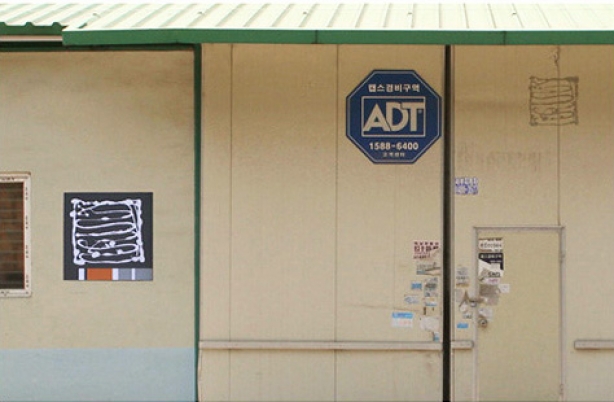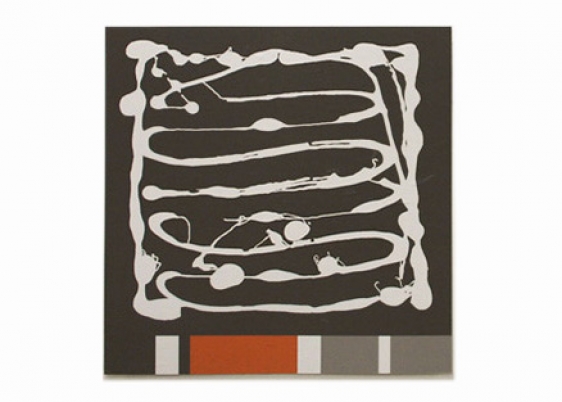Trace-gram, 2006 (KR), 2014-2015 (NY), 2021 (KR)
Self-directed mapping project
Link: https://www.dropbox.com/s/pee2b2x1api15ka/Trace-gram.pdf?dl=0
Trace-gram (TG), intersects abstract imagery with familiar ideographic iconography and explores modernist urban architecture, abstraction, and ideograms. Illustrating the relationships between properties on the street level, TG icon begins with a literal representation of glue residue found on the exterior of buildings, residue left behind when signboards are removed from the facades.
In the Korean version of Trace-gram (TGKR), it refers to the manufacturing of signboards from an industrial storage area in the suburbs of Seoul, South Korea. More specifically, TGKR is based on glue residue on storage unit signs in the Hanam region. Hanam is a mega-scale storage area in which most of storage units are taken illegally, but with tacit permission by the Korean government. However, in order to hide that reality, the storage units are re-named and re-rented for different uses by temporary owners. As a result, glue residue that attached the signboards in the past are left behind when each unit is re-rented to new owners. Each storage unit retains various glue residue from past signs. By tracing and patterning glue residue on the storage units that remain after the signboards have been taken down, this project suggests a map of some hidden place through an ideographic sign system, TGKR. The pictographs are manipulated and eventually recreate new signage/locator boards with color barcodes added.
In the US, the signs are for public compliance, such as No Smoking, No Trespassing, Do Not Enter, Quiet, etc. When buildings are renovated, owners trade hands, or former tenants move on, these signs are removed. All that remains of previous tenants are traces of glue. While Trace-gram in NY (TGNY) metaphorically refers to the rules and regulations dictated by those signs, it represents spatial boundaries between properties as well. Through TGNY, I collected and pictographically indexed glue traces from signboards of public compliance on the exterior of the buildings from East Harlem to the Upper East Side. This NY version attempts to capture changing urban landscape and represents the boundary between public and private spaces in two massively different neighborhoods in Upper Manhattan on the east side.




